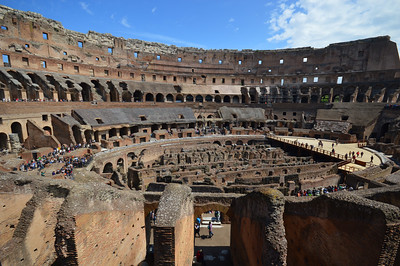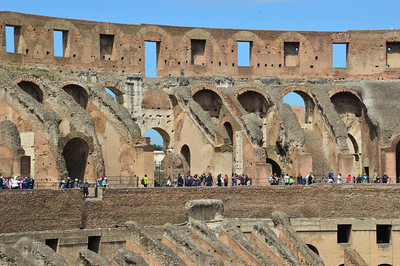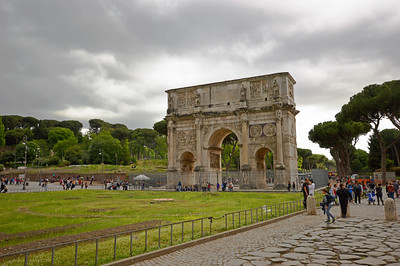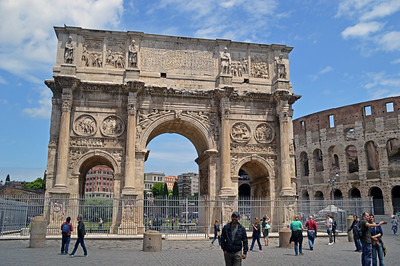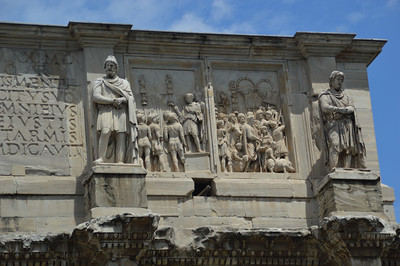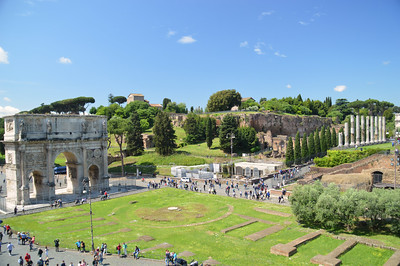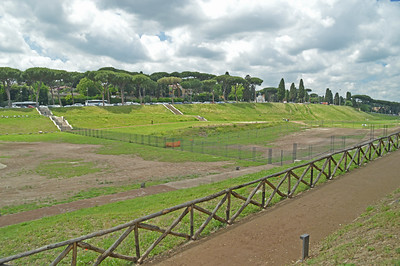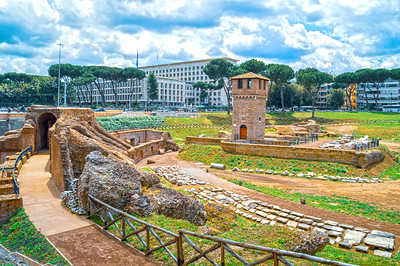About The Colosseum
Probably the most famous monument in the world and a symbol of the greatness of Rome, the Flavian Amphitheater, better known as the Colosseum for the colossal bronze statue of Nero that was nearby, stands in the archaeological heart of the city, and from almost two thousand years tells an uninterrupted story of charm and magnificence
The Colosseum, still the largest amphitheater in the world today, was commissioned by the emperor Titus Flavius ??Vespasian who chose the area between the Palatine, Esquiline, and Celio hills, previously occupied by the artificial lake of Nero's Domus Aurea, to build it. Its construction began in 70 AD. and ended in 80 A.D. under the empire of Titus, son of Vespasian.
The building hosted fights, games between gladiators (munera), simulations of hunting wild and exotic animals (venationes), and naumachia (naval battles). It was composed of four architectural orders. Three displayed eighty arches framed by semi-columns, and one had squares interspersed with windows. In the last order, masonry and wooden supports held a huge tarpaulin (velarium) to shelter the spectators from the sun and rain.
The Colosseum is 189 meters long, 156 meters wide over 48 meters high, and extends over ??24,000 square meters. It could accommodate about 50,000 spectators who sat in the cavea, formed by brick tiers covered in marble. The arena was a large wooden board covered with sand, 76 meters long and 46 meters wide.
www.turismoroma.it







